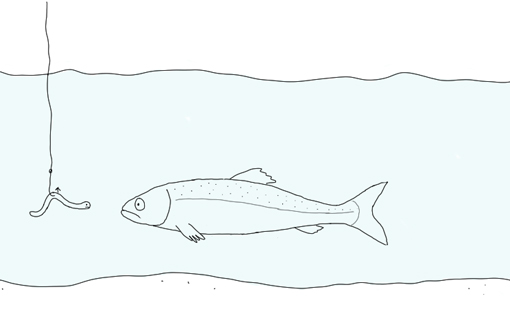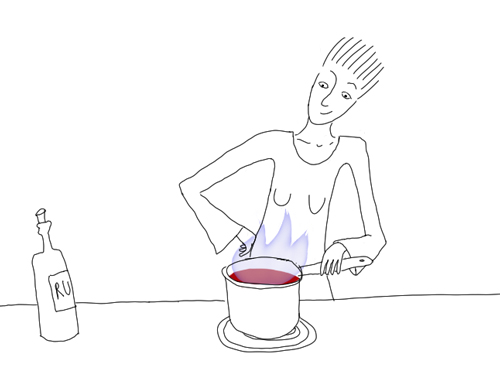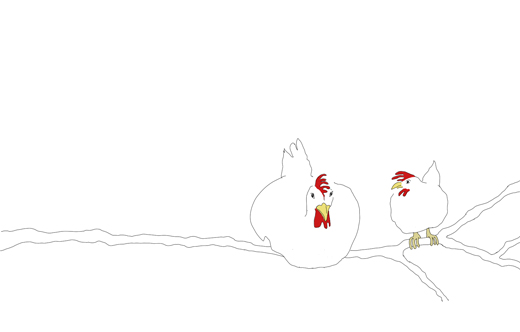
In English Gravlax should be called Buried Salmon, which would be the ‘correct’ translation. But I agree that Gravlax sounds better and today you don’t have to bury the fish to make it.
1 kilo (2 lb) salmon fillet
2 teaspoons crushed pepper
4 tablespoons salt
2-4 tablespoons sucanat or sugar
lots of dill
If I buy fresh salmon I always freeze it for 24hrs, to make sure that there are no parasites in it. Clean the salmon fillets of any bones but keep the skin. The skin makes it easier later on when you are going to slice it. Mix together salt, pepper and sucanut. (more sugar makes a softer gravlax). Rub the fillet with some of the mixture. Divide the rest of the mixture and the dill on top of the fillet. If you have two fillets, place them together, meat against meat and short side against wide side. Place the fillet in a plastic bag and close it carefully. You can also use plastic wrap but it can be a little messy. Let the fillets rest in the fridge for 1-2 days. Thinner fillets can be done in 24 hours and thicker pieces need 48 hours to be ready to eat.
Unwrap and clean the fillets. Start to slice the gravlax at the small end. Make thin slices with a fillet or boning knife at an angle. Gravlax can be stored in the fridge for a week or longer in the freezer.I often serve my Gravlax as dinner with either potatoes and gravlax sauce or with dill creamed potatoes. In the summer I like to have a fresh potatoe salad with mustard vinaigrette. But gravlax is also great as an appetizer on toast.
See also Gravlax Juniper and Elderflower Gravlax
Gravlax Sauce
(serves 4)
3 tablespoons unsweet mustard
100 ml (0.4 cups) oil
1 tablespoon vinegar
1 tablespoon sucanat
salt and fresh ground pepper
100 ml (0.4 cups) chopped dill
Mix mustard, sucanut, vinegar, salt and pepper. Slowly start dripping in the oil while stirring the mixture. Continue dripping in the oil and stirring. If you add the oil too quickly the mixture can separate. The result should be a thick sauce. Lastly add the chopped dill.






